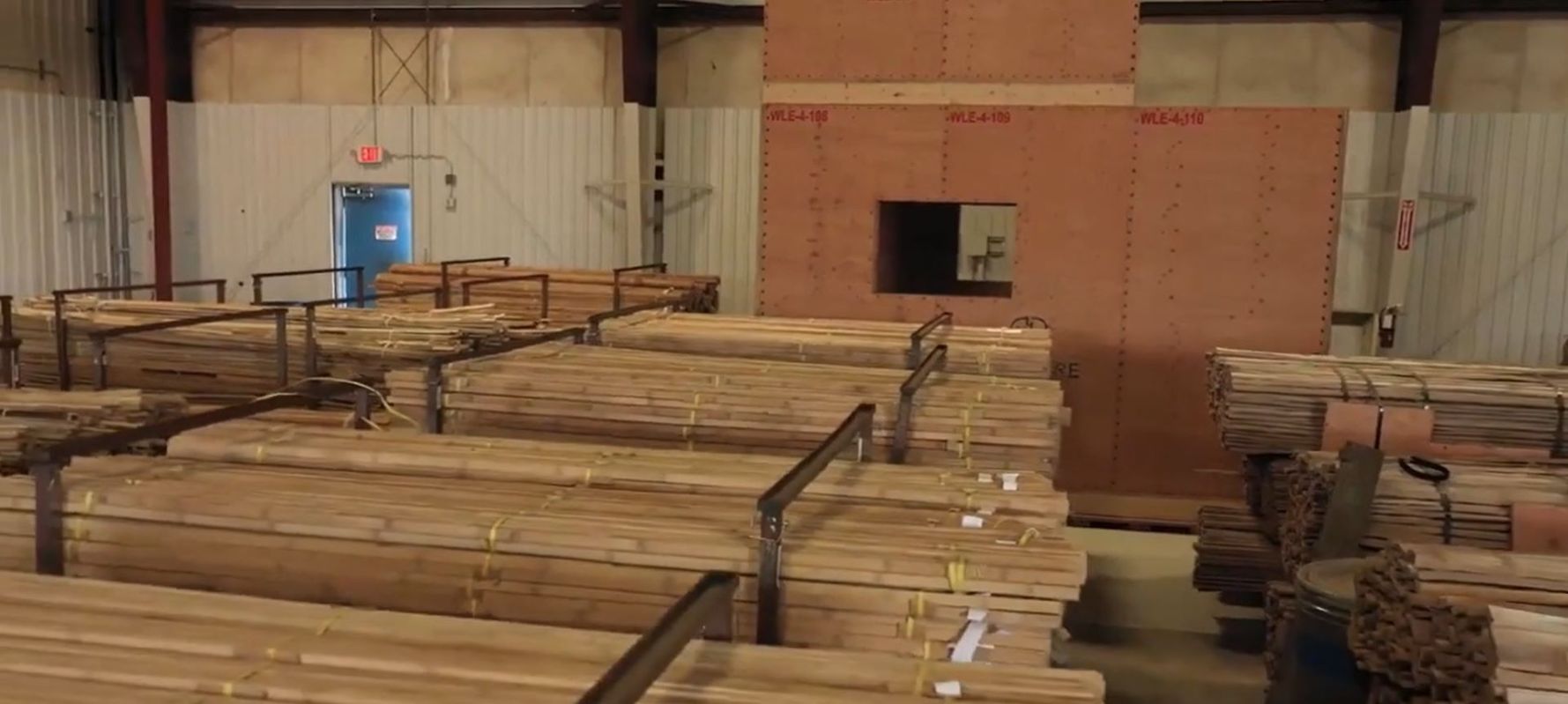A building tech team in California is using fast-growing bamboo and eucalyptus — and computers — to create homes with plenty of perks over conventional steel, concrete, and lumber.
"At BamCore, our goal is to take nature's fastest-growing and strongest structural fibers and to bring them in the built world to decarbonize buildings around the world," BamCore CEO Hal Hinkle said in a video clip transcript posted by Design & Make.
By leveraging bamboo, BamCore is taking advantage of a naturally prolific plant. Bamboo can grow nearly three feet each day, according to One Tree Planted.
What's more, using the structural panels by BamCore can save at least a third of the time compared to traditional methods and greatly reduce air pollution, per a report from Design & Make.
It's a significant milestone, as the World Economic Forum estimates that the "built environment" creates about 39% of the planet's carbon pollution each year. The statistic includes dirty air generated from a building's operation, as well as the pollution churned out during the build process.
BamCore's team says its process lowers the air-pollution impact on all counts. During a 70-year existence, the company's Prime Wall product could decrease carbon pollution from "energy usage" by 44% "compared to conventional wood stud framing," according to BamCore's website.
Furthermore, Prime Wall is touted as being stronger and a better insulator, helping to conserve energy when heating and cooling the structure.
The company's website includes a lengthy scroll of facts, charts, and explanations about Prime Wall's environmental superiority.
The building material is made using advanced CNC machining that creates a blueprint for the location of windows, doors, and panels with accuracy, per the company.
"We are effectively tackling operating and up-front carbon emissions from multiple angles. First, in the design stage, we utilize our proprietary design-bid-build platform that we have pioneered from the support of Autodesk. This tool empowers us to create highly efficient designs that optimize the use of our resources," BamCore Chief Commercial Officer Zack Zimmerman said in the video clip.
Autodesk is an innovative tech aspect of the process that includes all team members involved in the build at an early stage, using cloud-based 3D models, per Design & Make.
The technology extends to the construction site and is part of the way the Prime Wall structures pop up with speed. The panels have clear assembly instructions, and contractors can access the computer models.
"It's so much easier when I can see the product finished. Right here, I can zoom in; I can look in between the panels … And I really, really like that — that I can see all of that in just one program on my phone," Master Framing Superintendent Daniel Escobar said in the clip shared by Design & Make.
This isn't the only innovation capitalizing on bamboo. A project in the works in Myanmar is set to use the fast-growing plant to create low-cost homes. An innovation in the United Kingdom uses fungal networks to help make a concrete alternative. These inventions could help revolutionize the way we use energy to build and power our homes, with cleaner outcomes.
For its part, BamCore leverages high-tech machining and computing power to turn bamboo and eucalyptus — resilient and flexible plants — into homesteads.
"We're shaping the future of our industry and the planet. It's all about building smarter, greener, and more sustainably, one structure at a time," Zimmerman said in the video clip.
Join our free newsletter for weekly updates on the coolest innovations improving our lives and saving our planet.









